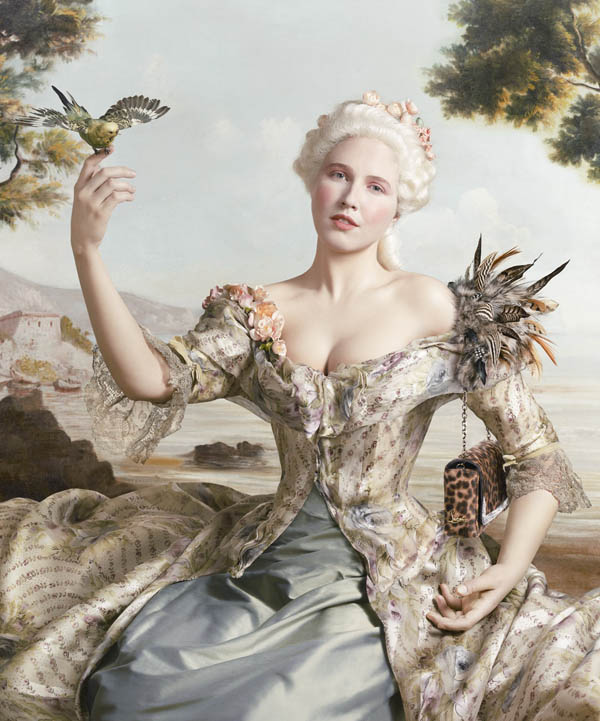
Les Promises De L’hiver – Christian Louboutin collaborates with Peter Lippmann for a series of images juxtaposing the shoe label’s fall-winter collection with portraits inspired by classic paintings. From Georges de la Tour’s “Magdalene and the Flame” to Jean-Marc Nattier portraits, the images pay homage to art masterpieces with a contemporary twist.
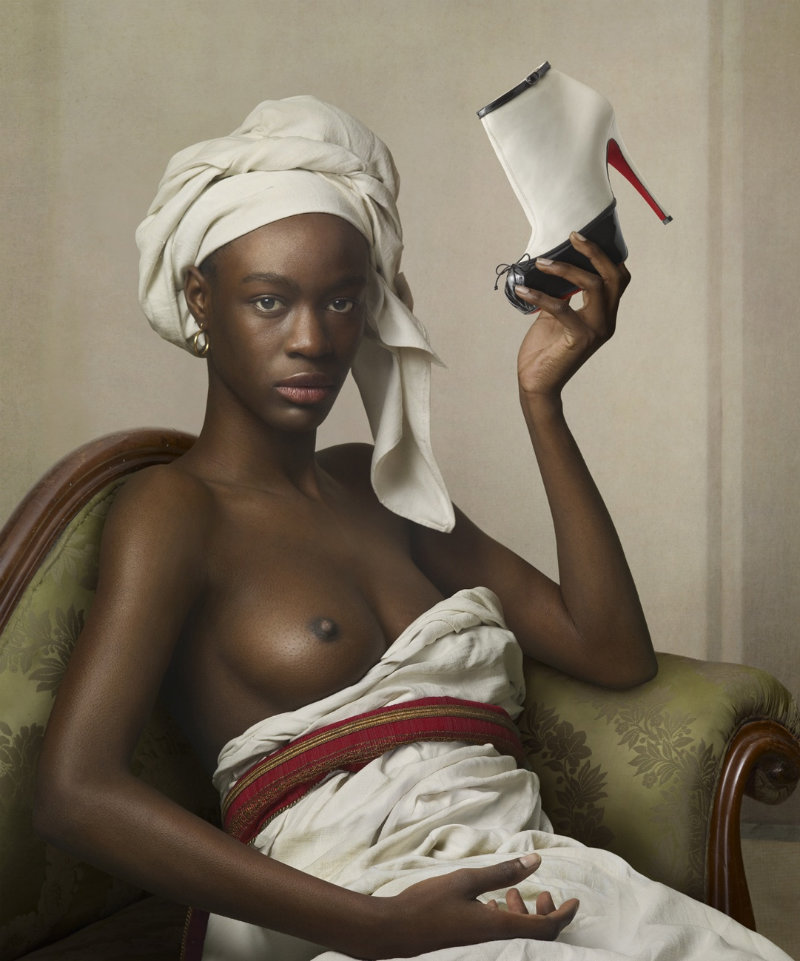
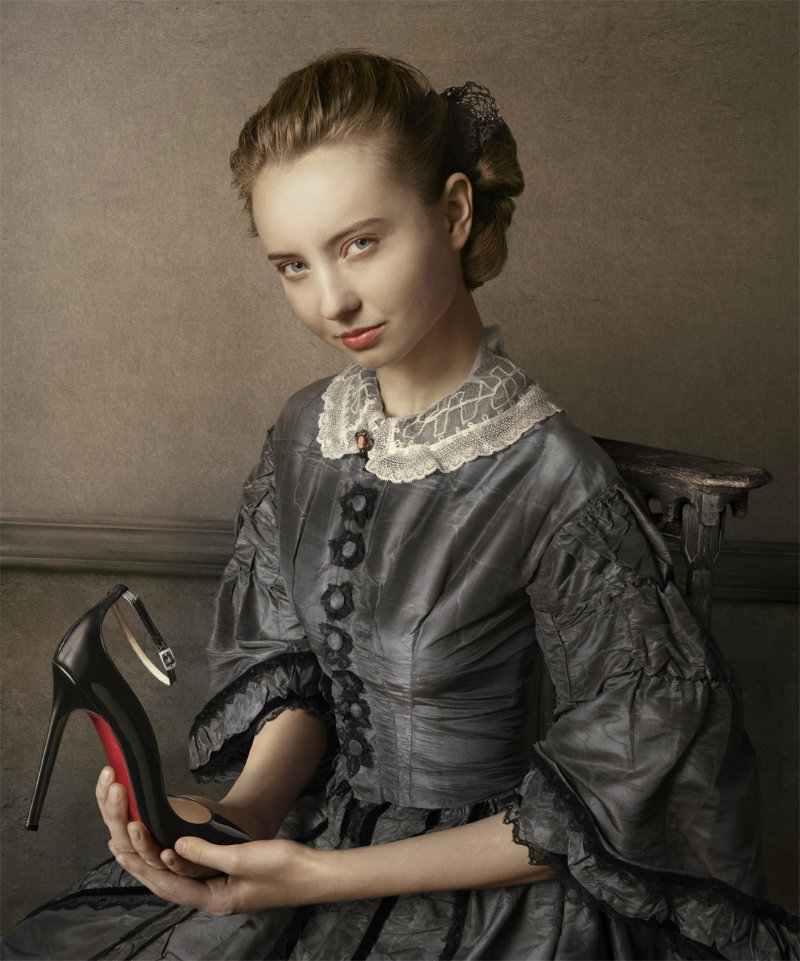
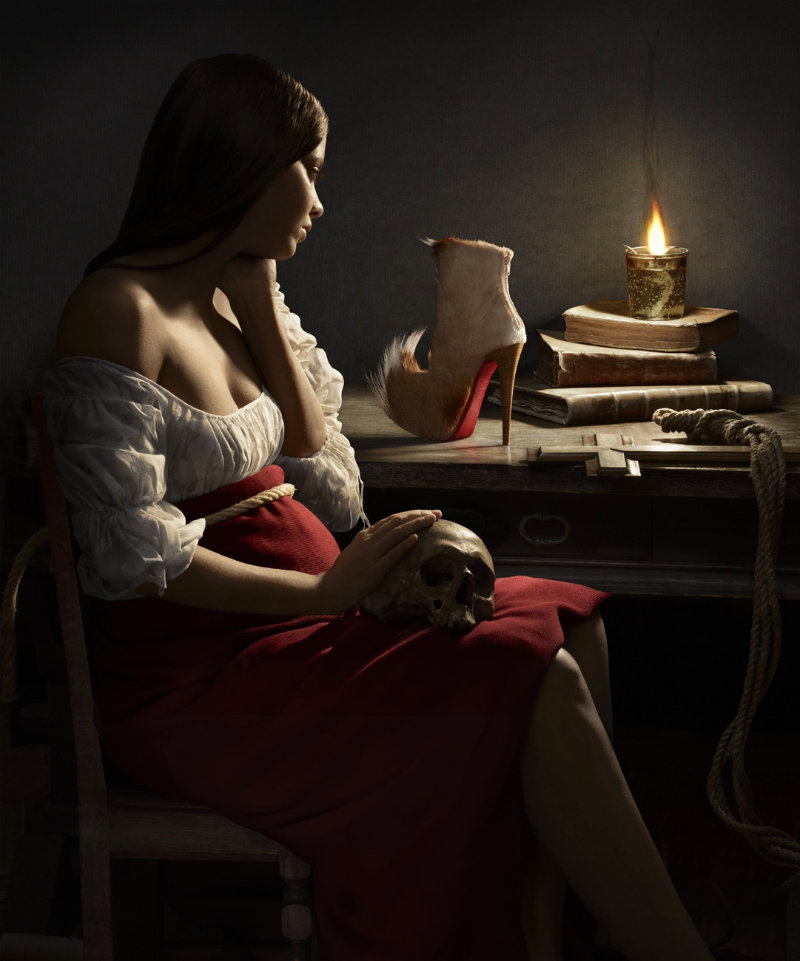
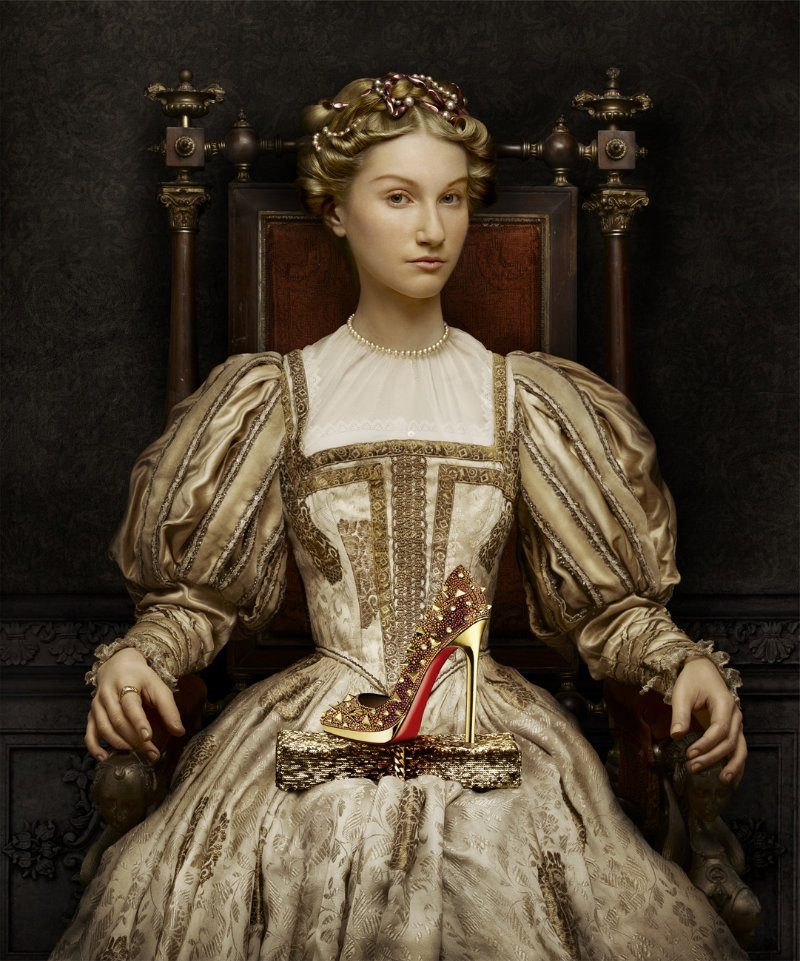
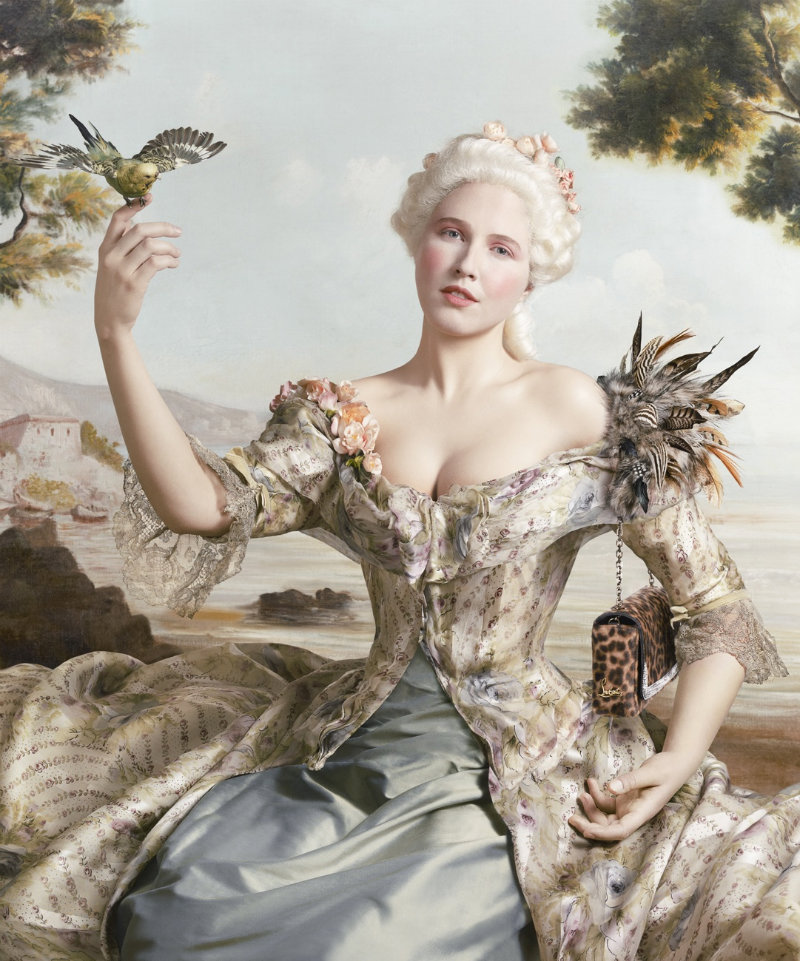
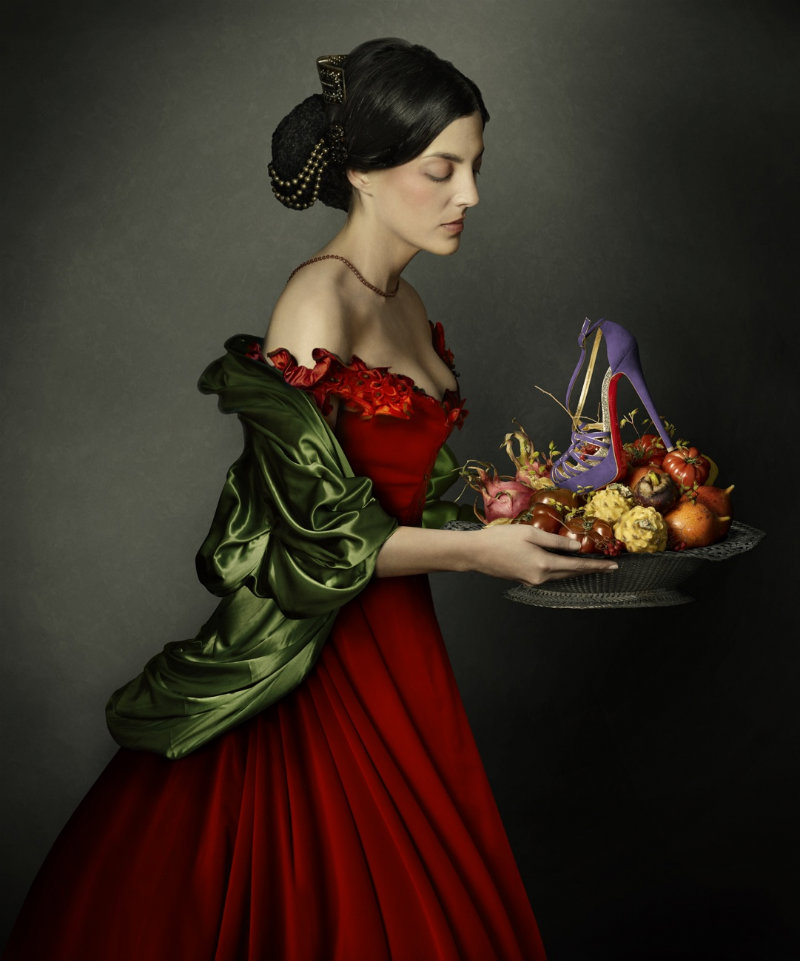
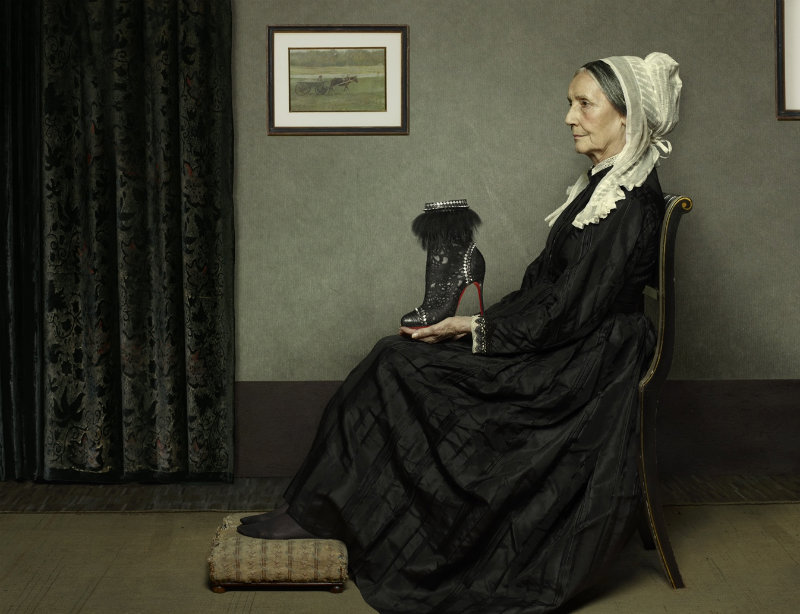
images courtesy of Christian Louboutin
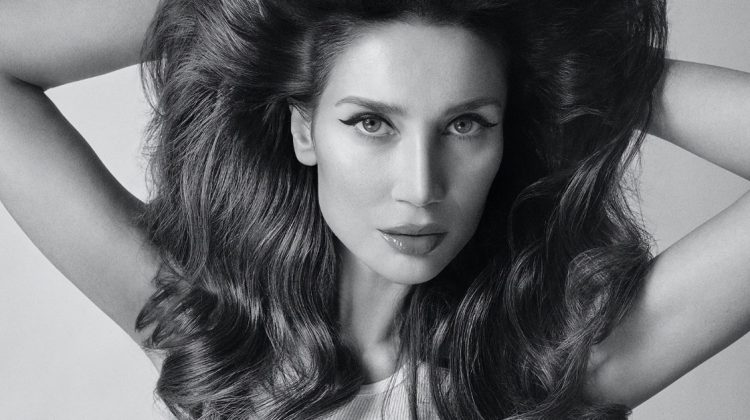
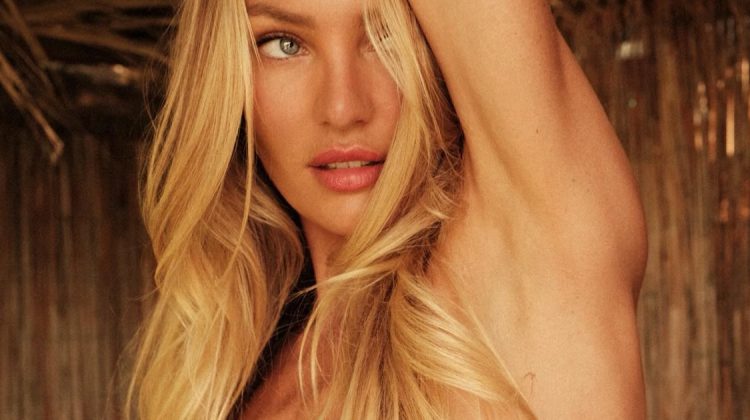
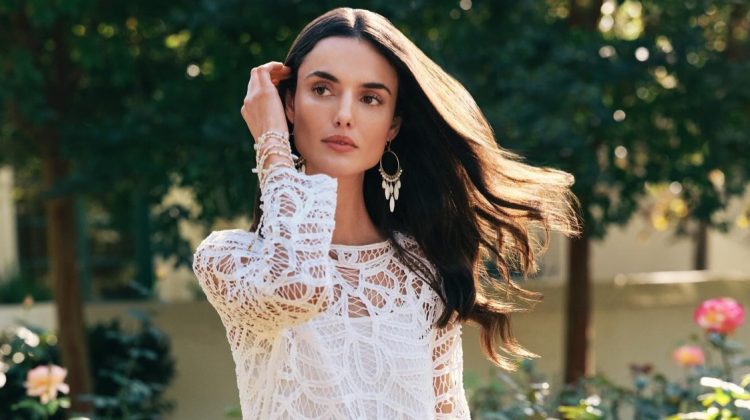
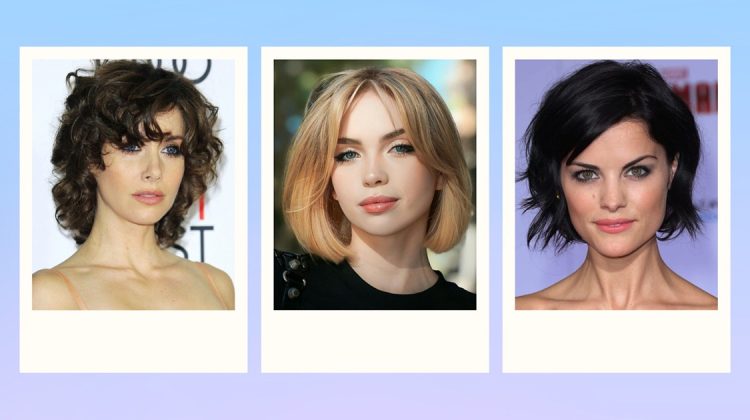

Brilliant! Love the concept and the execution is flawless.
Wow – these are incredible! They look like paintings, and yet they look so real that they do also look like photographs. The lighting’s amazing, the color palets are extraordinary as well. I am absolutely in love and am fascinated by all of the photos after the fourth picture after the break – so surreal.
wonderful, wonderful! This is such an amazing technique! I can’t choose a favorite because I love them all!
These really are beautiful, with such perfect execution to look like paintings. I don’t think I’ve ever seen anything like them (or at least as perfectly done). The shoes do get upstaged, though.
Too much photoshop… but I suppose there’s no other way to achieve this level of perfection.
Too much photoshop… but I suppose there’s no other way to achieve this level of perfection.
like it, it’s definitely different
http://elenavasilieva.blogspot.com/
like it, it’s definitely different
http://elenavasilieva.blogspot.com/
like it, it’s definitely different
http://elenavasilieva.blogspot.com/
Love it! Great idea!
http://www.modeuncover.com
Love it! Great idea!
http://www.modeuncover.com
Wow! Amazing! I had never seen anything like this before. Great idea!
Wow! Amazing! I had never seen anything like this before. Great idea!
What a great lookbook and concept, perfection!
What a great lookbook and concept, perfection!
What a great lookbook and concept, perfection!
F‘cking Genious
christian louboutin oulet
christian louboutin clearance
christian louboutin sale
christian louboutin clearance
christian louboutin oulet
ahahha! oh, this makes me smile! how genius! so awesome!!
positively, raeshelle!
ahahha! oh, this makes me smile! how genius! so awesome!!
positively, raeshelle!
I love this!! This is GENIUS!!!
Louboutin’s Emancipated Breast: AFRICA IS A COUNTRY http://t.co/6VaCll5
I should be happy that it’s not only white women who are represented in Louboutin’s spread.
But the take on Marie-Guilleme Benoit’s “Portrait d’une Negresse”, where (you guessed it) a seated young, black woman poses for the painter, an exposed breast slipping out of Grecian folds of cloth. People like to argue that because this portrait was painted six years after slavery was abolished, and because the painter is a woman, it is an iconic image of emancipation: for black people as well as for women. We’re supposed to see “The Negresse” as an embodiment of steely determination and femininity (one would have to steel oneself, if one was asked to pose in a compromised manner by a white painter, a handful of years after the legal end of slavery). And the fact that the painting was acquired by Louis XVIII ’for France’ in 1818 may tell you something interesting, too.
I don’t know about you, but I wouldn’t need to expose a boob in order to celebrate my emancipation form forced labour. Looks more like Benoit’s exploring and exploiting a well-known trope: desire and revulsion projected onto the Dark Other.
Black Hamlets and White Othellos are now passé, so Alex Wek could have posed in any of these other ‘looks’. Of all the possible paintings that the artistic director of Louboutin’s Fall Lookbook could have picked, one in which a black model could pose, why pick the one with the liberated breast?
Louboutin’s Emancipated Breast: AFRICA IS A COUNTRY http://t.co/6VaCll5
I should be happy that it’s not only white women who are represented in Louboutin’s spread.
But the take on Marie-Guilleme Benoit’s “Portrait d’une Negresse”, where (you guessed it) a seated young, black woman poses for the painter, an exposed breast slipping out of Grecian folds of cloth. People like to argue that because this portrait was painted six years after slavery was abolished, and because the painter is a woman, it is an iconic image of emancipation: for black people as well as for women. We’re supposed to see “The Negresse” as an embodiment of steely determination and femininity (one would have to steel oneself, if one was asked to pose in a compromised manner by a white painter, a handful of years after the legal end of slavery). And the fact that the painting was acquired by Louis XVIII ’for France’ in 1818 may tell you something interesting, too.
I don’t know about you, but I wouldn’t need to expose a boob in order to celebrate my emancipation form forced labour. Looks more like Benoit’s exploring and exploiting a well-known trope: desire and revulsion projected onto the Dark Other.
Black Hamlets and White Othellos are now passé, so Alex Wek could have posed in any of these other ‘looks’. Of all the possible paintings that the artistic director of Louboutin’s Fall Lookbook could have picked, one in which a black model could pose, why pick the one with the liberated breast?
Louboutin’s Emancipated Breast: AFRICA IS A COUNTRY http://t.co/6VaCll5
I should be happy that it’s not only white women who are represented in Louboutin’s spread.
But the take on Marie-Guilleme Benoit’s “Portrait d’une Negresse”, where (you guessed it) a seated young, black woman poses for the painter, an exposed breast slipping out of Grecian folds of cloth. People like to argue that because this portrait was painted six years after slavery was abolished, and because the painter is a woman, it is an iconic image of emancipation: for black people as well as for women. We’re supposed to see “The Negresse” as an embodiment of steely determination and femininity (one would have to steel oneself, if one was asked to pose in a compromised manner by a white painter, a handful of years after the legal end of slavery). And the fact that the painting was acquired by Louis XVIII ’for France’ in 1818 may tell you something interesting, too.
I don’t know about you, but I wouldn’t need to expose a boob in order to celebrate my emancipation form forced labour. Looks more like Benoit’s exploring and exploiting a well-known trope: desire and revulsion projected onto the Dark Other.
Black Hamlets and White Othellos are now passé, so Alex Wek could have posed in any of these other ‘looks’. Of all the possible paintings that the artistic director of Louboutin’s Fall Lookbook could have picked, one in which a black model could pose, why pick the one with the liberated breast?
Louboutin’s Emancipated Breast: AFRICA IS A COUNTRY http://t.co/6VaCll5
I should be happy that it’s not only white women who are represented in Louboutin’s spread.
But the take on Marie-Guilleme Benoit’s “Portrait d’une Negresse”, where (you guessed it) a seated young, black woman poses for the painter, an exposed breast slipping out of Grecian folds of cloth. People like to argue that because this portrait was painted six years after slavery was abolished, and because the painter is a woman, it is an iconic image of emancipation: for black people as well as for women. We’re supposed to see “The Negresse” as an embodiment of steely determination and femininity (one would have to steel oneself, if one was asked to pose in a compromised manner by a white painter, a handful of years after the legal end of slavery). And the fact that the painting was acquired by Louis XVIII ’for France’ in 1818 may tell you something interesting, too.
I don’t know about you, but I wouldn’t need to expose a boob in order to celebrate my emancipation form forced labour. Looks more like Benoit’s exploring and exploiting a well-known trope: desire and revulsion projected onto the Dark Other.
Black Hamlets and White Othellos are now passé, so Alex Wek could have posed in any of these other ‘looks’. Of all the possible paintings that the artistic director of Louboutin’s Fall Lookbook could have picked, one in which a black model could pose, why pick the one with the liberated breast?